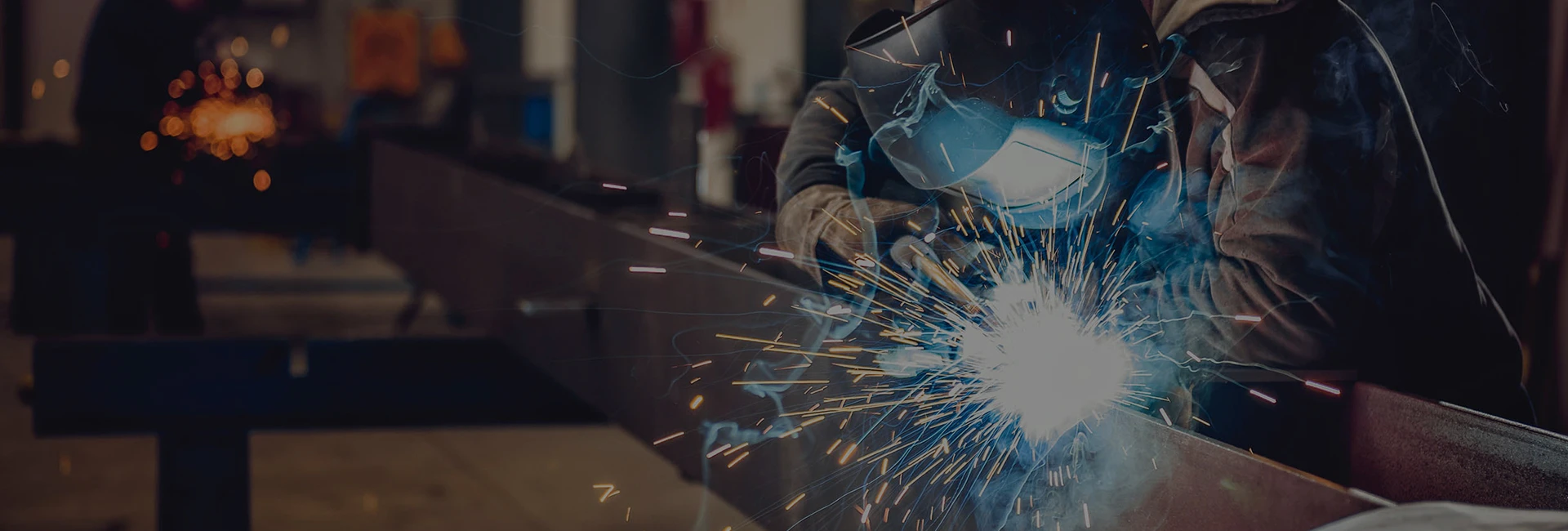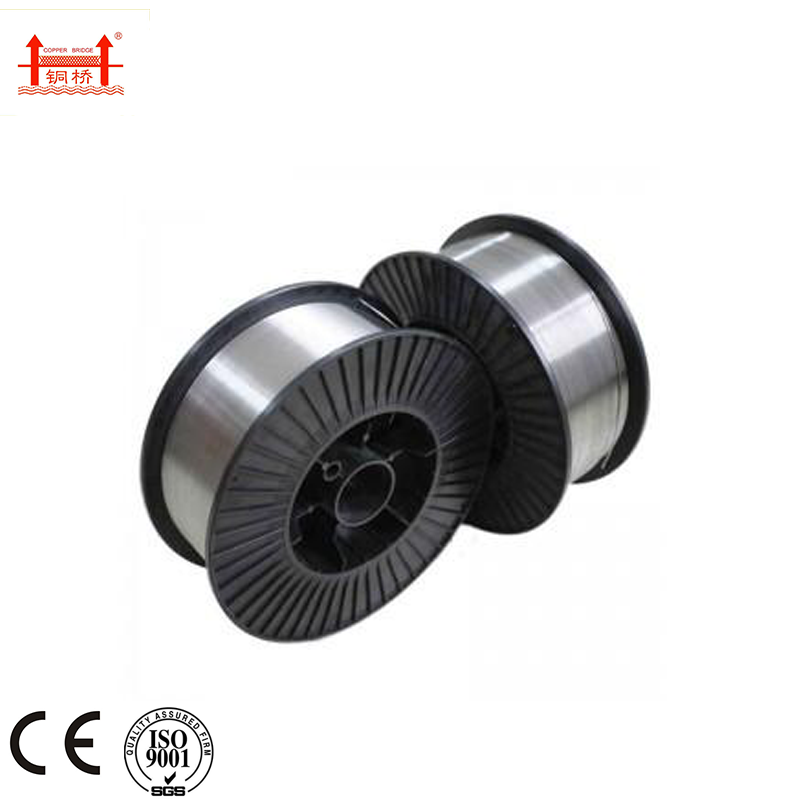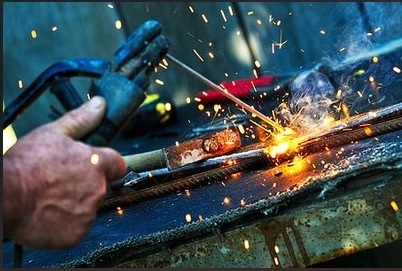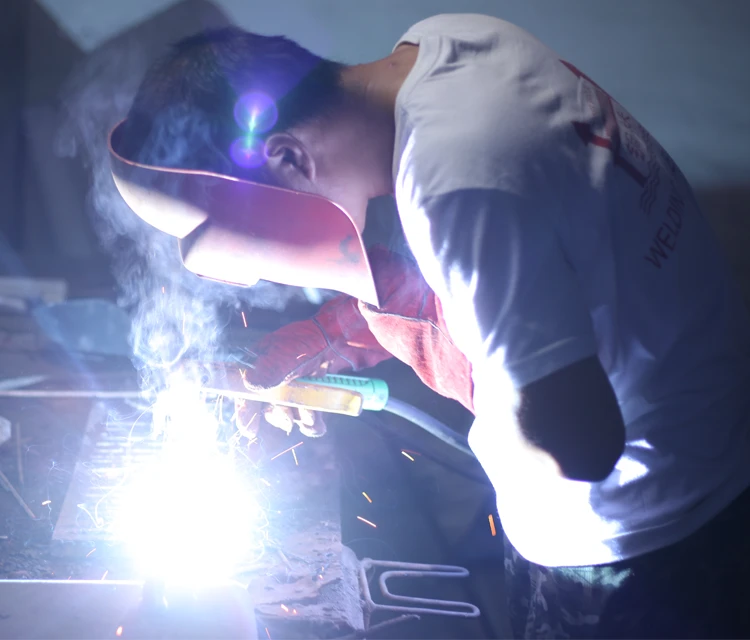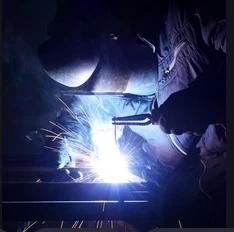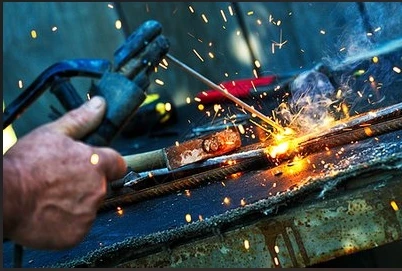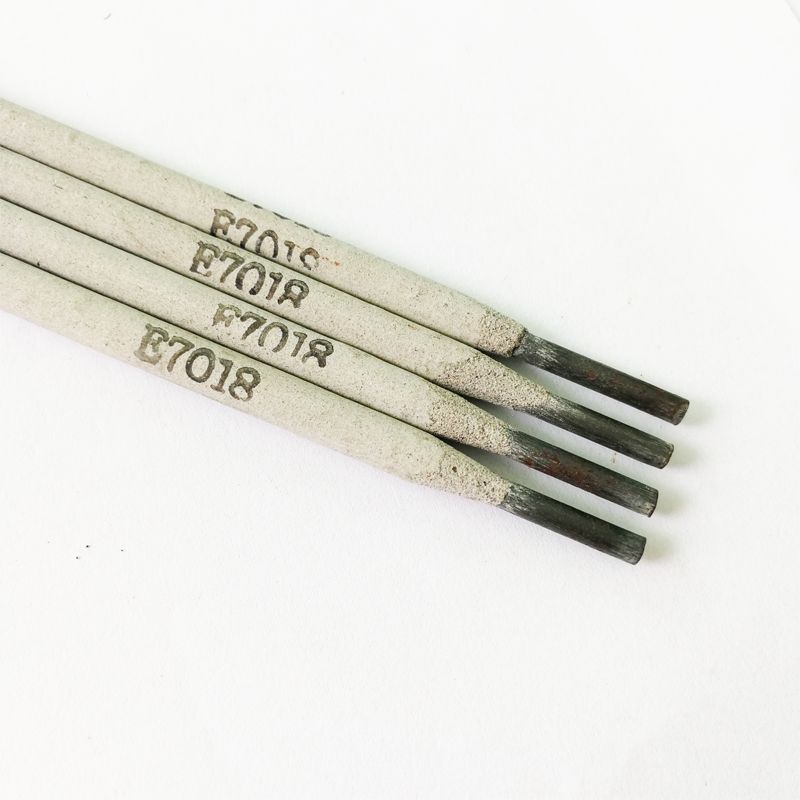7018 Welding Rod Is For Structural Work
8月 . 29, 2025 15:50
The foundation of robust welding lies in selecting the optimal electrode for each unique application. The 7018 welding rod reigns supreme in critical structural projects demanding exceptional strength and crack resistance, its low-hydrogen formulation ensuring reliability under extreme stress. Conversely, the e6013 welding rod offers unparalleled user-friendliness for general fabrication, prized for smooth arc performance and minimal spatter on clean materials. For challenging, contaminated surfaces or deep penetration needs, the 6011 welding rod provides indispensable versatility with its forceful digging action and cellulose flux. Understanding the distinct roles of these three cornerstone electrodes—7018 welding rod for high-strength integrity, e6013 welding rod for ease and aesthetics, and 6011 welding rod for penetration and forgiveness on dirty metal—empowers welders to achieve flawless results across diverse scenarios, from heavy industrial construction to delicate sheet metal repairs and urgent field maintenance. Each rod embodies specific metallurgical principles and operational characteristics that dictate its ideal use case within the vast landscape of arc welding processes.
Unlocking the High-Strength Potential of the 7018 welding rod in Critical Applications
の 7018 welding rod stands as the gold standard for applications where joint integrity is non-negotiable. Characterized by its low-hydrogen iron powder flux coating, this electrode demands strict storage protocols—typically in heated ovens—to prevent moisture absorption that could introduce hydrogen-induced cracking. Its operation thrives on DC reverse polarity (DCEP), producing smooth, convex beads with excellent slag coverage and easy detachment. The 7018 welding rod excels in all positions, particularly excelling in vertical-up and overhead welds on thick sections common in bridges, pressure vessels, ship hulls, and seismic-resistant structures. Achieving optimal results requires meticulous base metal cleaning, controlled interpass temperatures, and often preheating for thick or restrained joints to mitigate residual stresses. The deposited weld metal boasts high tensile strength (70,000 psi minimum), superior impact toughness at low temperatures, and exceptional resistance to fatigue and cracking, making the 7018 welding rod indispensable where failure is not an option.
Achieving Versatility and User-Friendliness with the e6013 welding rod for General Fabrication
Renowned for its forgiving nature and operational simplicity, the e6013 welding rod serves as the go-to electrode for hobbyists, maintenance crews, and light fabrication shops. Its rutile-based flux coating enables stable operation on both AC and DC power sources, offering exceptional arc stability even at lower amperages. This makes the e6013 welding rod ideal for thin-gauge mild steel, sheet metal work, automotive body repairs, and farm equipment maintenance where burn-through is a constant concern. The rod produces aesthetically pleasing beads with minimal spatter and features slag that lifts off effortlessly, reducing post-weld cleanup time significantly. While lacking the ultimate strength of the 7018 welding rod or the deep penetration of the 6011 welding rod, the e6013 welding rod shines in applications prioritizing ease of use, good appearance, and consistent performance on clean, new steel in all welding positions without demanding stringent storage conditions.
Harnessing Deep Penetration and Contaminated Metal Capability with the 6011 welding rod
When faced with rusty, painted, or oily surfaces or when deep root penetration is paramount, the 6011 welding rod emerges as the essential problem-solver. Its cellulose potassium flux generates a forceful, digging arc capable of cutting through light contaminants and reaching into tight joint preparations. The 6011 welding rod operates exceptionally well on AC current, making it invaluable for sites limited to transformer-based welding machines, though it also performs admirably on DCEP. This electrode produces a concave bead profile with thin, friable slag, enabling good visibility of the weld pool—crucial for out-of-position work and pipe welding root passes. While generating more spatter than the e6013 welding rod and lacking the high-strength, low-hydrogen benefits of the 7018 welding rod, the 6011 welding rod offers unmatched versatility for field repairs, agricultural fixes, galvanized steel joining, and situations where surface preparation is impractical or impossible.
Strategic Selection Criteria: Matching 7018 welding rod, e6013 welding rod、 または 6011 welding rod to Project Demands
Choosing between the 7018 welding rod, e6013 welding rod、 そして 6011 welding rod hinges on a careful assessment of project requirements. Opt for the 7018 welding rod when welding code-compliant structures (AWS D1.1), high-carbon or alloy steels, thick sections prone to cracking, or any application subject to dynamic loading or low temperatures—its low-hydrogen properties and high ductility are critical. Select the e6013 welding rod for general-purpose fabrication on clean, thin to medium-thickness mild steel where appearance, ease of use, minimal spatter, and simple slag removal are priorities, especially under workshop conditions. Deploy the 6011 welding rod for maintenance, repair, and salvage operations on less-than-ideal surfaces, for achieving deep penetration in single-pass welds or root openings, and when working primarily with AC equipment. Understanding the core strengths—strength/reliability of 7018 welding rod, user-friendliness of e6013 welding rod, penetration/forgiveness of 6011 welding rod—prevents costly rework and ensures project success.
FAQS about Resolving Key Queries on 7018 welding rod, e6013 welding rod、 そして 6011 welding rod アプリケーション
Can the 7018 welding rod be used effectively on AC welding machines?
Standard 7018 welding rod formulations perform poorly on AC; specialized AC-7018 welding rod variants exist but generally demand higher skill and offer slightly inferior results compared to DC+ operation.
Is the e6013 welding rod suitable for welding galvanized or coated steels?
While possible, the e6013 welding rod is less ideal than 6011 welding rod for galvanized steel; its rutile flux struggles with zinc vapor, increasing porosity risk versus cellulose-based rods.
Why does the 6011 welding rod produce more spatter than e6013?
の 6011 welding rod's forceful, digging arc and cellulose flux inherently generate more spatter than the smoother, rutile-based arc of the e6013 welding rod.
Does the 7018 welding rod require post-weld heat treatment?
Post-weld heat treatment for 7018 welding rod deposits depends on base metal code requirements and thickness, not the electrode itself; consult applicable standards.
Can e6013 welding rod achieve X-ray quality welds like 7018?
の e6013 welding rod is generally not specified for critical X-ray quality applications where the low-hydrogen 7018 welding rod is mandated due to superior crack resistance.
Achieving welding excellence demands more than skill—it requires consumables of proven integrity. Our facility manufactures and supplies premium 7018 welding rod, e6013 welding rod、 そして 6011 welding rod under the strictest quality controls, exceeding AWS A5.1 specifications. Whether you're fabricating code-compliant structures requiring the unmatched reliability of our low-hydrogen 7018 welding rod, executing clean sheet metal work with our user-friendly e6013 welding rod, or tackling tough field repairs with our deep-penetrating 6011 welding rod, we guarantee consistent performance, optimal arc characteristics, and flawless slag release. Our technical experts possess deep mastery of electrode selection and application parameters. Visit our comprehensive online catalog showcasing our full range of welding solutions or contact our dedicated support team for personalized guidance on selecting the ideal 7018 welding rod, e6013 welding rod、 または 6011 welding rod for your project. Experience the difference genuine quality consumables make—enhance productivity, eliminate weld failures, and build with absolute certainty. Partner with the trusted source for AWS-classified excellence. Invest in performance; invest in our premium 7018 welding rod, e6013 welding rod、 そして 6011 welding rod solutions today. Your strongest welds start here.



